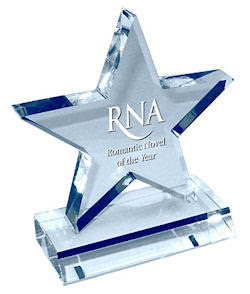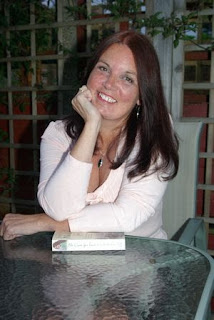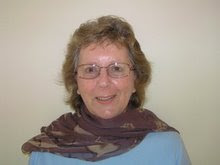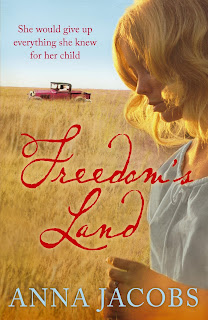Writers never throw anything away. As I tidy my office on completion of my latest novel, the books, leaflets, maps, photographs and newspaper cuttings give testament to that. Lovingly filed away deep in the back of my filing cabinet are my most treasured mementoes: early articles which put me on the first step of the publishing ladder. It all seemed so simple when, at home with two young children, I dug out an old portable typewriter and began to indulge a long-held ambition to write. My first published piece was called An Elizabethan Toothache, published by Today’s Guide in 1972. Goodness knows where I got the idea from but it began with a strong hook, ‘The Queen was in a rage.’ I followed this small success with pieces on how to pass various badges, how-to-make-its, crosswords, quizzes and puzzles, even a short story and a serial, all of which sold to the Guide and Brownie press, including their annuals. I was hooked. I moved on to women’s magazines and sold several short, snappy articles and longer features, particularly humorous ones. History fascinates me and while haunting second hand bookshops, I discovered some early copies of Woman At Home. This gave me a rich store of material for feature articles on such topics as advice to the lovelorn; etiquette; the fisher girls of Scarborough; fashions for early motoring; suffragettes; strange inventions, and beauty secrets of the Edwardian Lady. Fiction was what I really wanted to write but we were young and money was tight. I needed to get a job so, loving books as I did, I opened a bookshop. This way, I hoped to mind my children, augment our income and, in between customers, knock off the odd novel. Of such stuff are dreams made.
Almost ten years were to go by. The children, and the book shop, grew surprisingly well. The writing foundered. Sometimes, in the wee small hours I could be found scribbling but rarely did I send anything out. The old saying goes that it’s an ill wind which blows some good. Debilitating headaches which the doctor diagnosed as stress, forced me to sell the business and we bought a half derelict house out on the Lakeland fells. Doing it up would be a great stress-buster, I thought, then I'd write the novel. However, when the snows came that first Christmas, the mains water froze and we had no central heating, we discovered the truth. I had cervical spondylitis, a form of osteo-arthritis. For almost two years I was overwhelmed by pain but as I began to slowly get improve I made an amazing discovery. Writing is the best therapy of all, a fact which remains true for me to this day. With the help of a new electronic typewriter, (still no computer) and propped up by cushions, I was able to type despite being encased for a while in a neck collar and arm sling. I must have looked hilarious.
Oseo-arthritis is a chronic condition rather than an illness, so on good days when I felt marvellous, euphoric even, I would feed my hens, look after our few sheep and their lambs, grow fruit and vegetables. I even planted a small wood and learned how to make jam. All great material for amusing articles, which I wrote on the endless days when I was confined to the house and my family were at work and school. I wrote short stories, serials, a children’s novel, and a couple of Mills & Boon contemporaries. The aim was to send stuff out faster than it came back. Not easy, but I got pretty chummy with Postman Pat. ‘I’ve got a nice fat one for you today, Mrs Lightfoot,’ he’d say. Oh dear, I wanted a nice thin one with a cheque in it.
The day I sold my first short story to D.C.Thompson was a red letter day indeed. This was also the name of the magazine, now defunct. Following this breakthrough I seemed to develop the knack, or my luck changed for I went on to sell several more to My Weekly, People’s Friend, and My Story magazine. With renewed confidence I tried again for Mills & Boon, this time with a historical, and when they accepted Madeiran Legacy I was jubilant. I Used the money to buy myself a computer and went on to sell them four more. I'd served a long apprenticeship but learned how to build strongly motivated characters, how to structure a story, fictionalise real life incidents, put emotion on the page and make every word count. Only then did I have sufficient confidence to try for the mainstream fiction market, selling Luckpenny Land to Hodder & Stoughton the year I turned 50 on a fantastic three book contract. Since then I’ve hit the bestseller lists once or twice, with Polly’s War and The Favourite Child, and I’m about to publish my 24th historical saga. Persistence pays. I’ll maybe tell you something of my research methods next time.
Best wishes,
Freda












